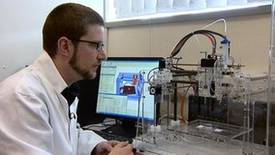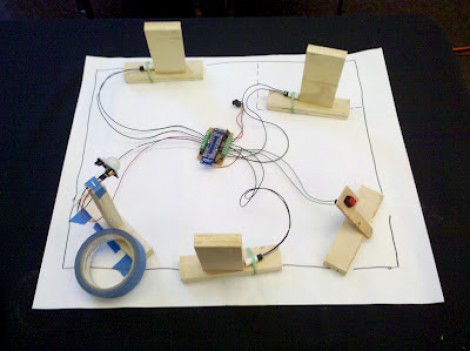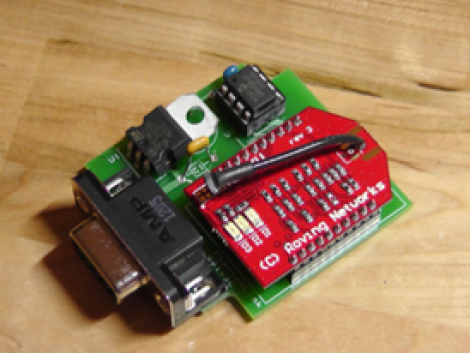
Those of us living in the first world take clean clothes for granted. Throw them in the washing machine, transfer to the dryer after 45 minutes, and you won’t smell for another two weeks or so. But for people living in areas without electricity, clean clothes are a huge amount of work. Hand washing a family’s clothes is estimated at 6 hours per day, three to five days per week. Here’s a post that looks at some of the different human-powered washing machines out there.
We’ve built our own human-powered machine before using a five-gallon bucket with a hole in the lit to receive the handle of a toilet plunger which acts as an agitator. But that pales in comparison to some of the machines seen here. The concept we like the most is shown above. It’s an MIT project being used at an orphanage in Peru. The bicycle lets you easily power the spinning basket inside of the drum. The rear derailleur has been mounted on the axle so that the rider has a wider range of gears when spinning heavy loads. Take a look at the post linked above to see all of the offering, but we’ve also embedded video of two of them after the break.
If you were looking for a washing-machine powered bike instead of a bike-powered washing machine you’ll want to head on over to this post.
Continue reading “Washing Machines That Do It Without Electricity”















